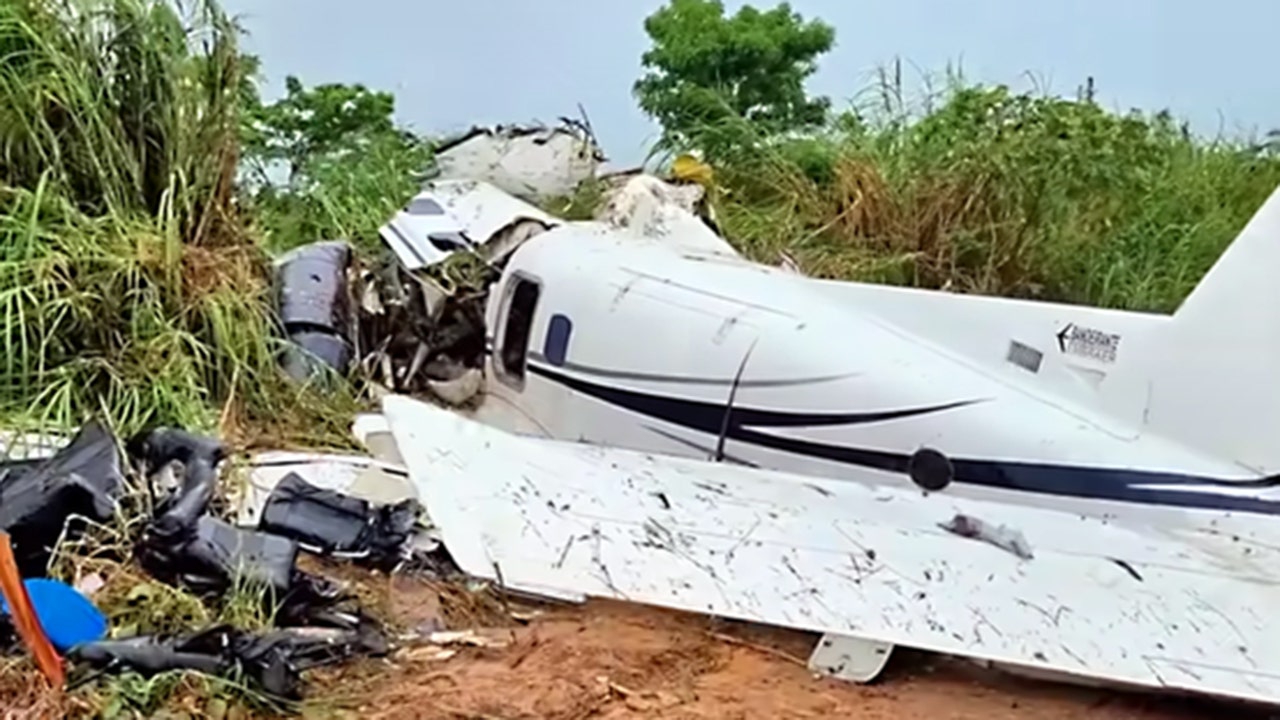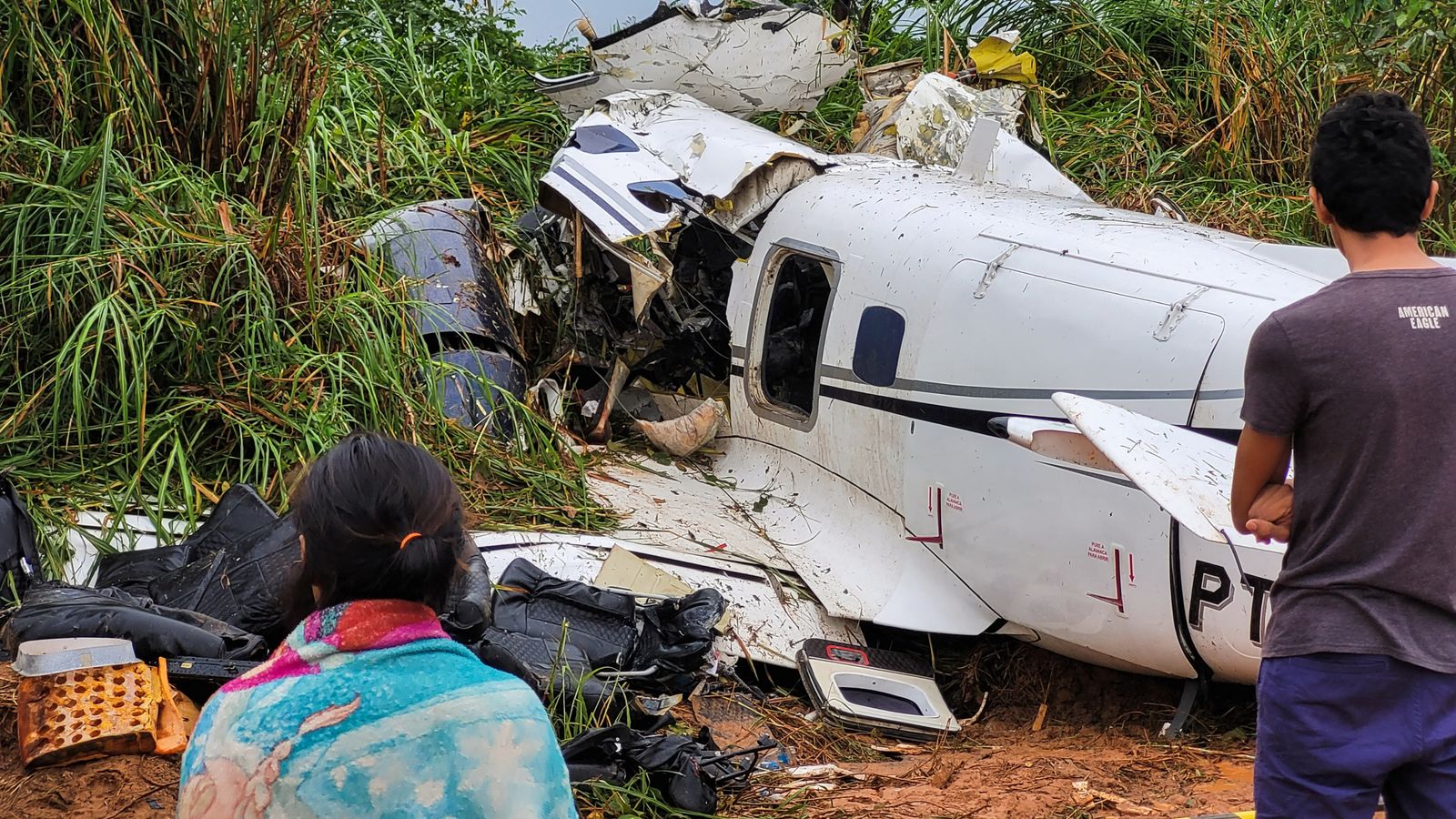History of Plane Crashes in Brazil

Brazil, with its vast geographical expanse and growing aviation industry, has unfortunately witnessed a significant number of plane crashes throughout its history. These events, often marked by tragedy and loss, have left an indelible mark on the country’s aviation landscape. This historical account delves into the most impactful plane crashes, exploring their causes and the subsequent impact on aviation safety regulations in Brazil.
Significant Plane Crashes in Brazil
The following list presents a timeline of significant plane crashes in Brazil’s aviation history, highlighting their impact on the country’s aviation safety standards:
- 1946 – Varig Flight 967: This tragic incident occurred on January 14, 1946, when a Douglas DC-4, operated by Varig, crashed near the city of Santo André, São Paulo. The crash, attributed to pilot error and adverse weather conditions, resulted in the deaths of all 24 passengers and crew members on board. This event brought to light the need for enhanced pilot training and stricter safety protocols.
- 1973 – Varig Flight 835: On September 3, 1973, a Varig Boeing 707 crashed near the city of São Paulo, resulting in the deaths of 135 passengers and crew members. The investigation concluded that the crash was caused by a combination of factors, including mechanical failure and pilot error. This accident highlighted the importance of rigorous aircraft maintenance and the need for robust emergency procedures.
- 1982 – Transbrasil Flight 402: On March 11, 1982, a Boeing 727-200 operated by Transbrasil crashed into a mountain near the city of Uberlândia, Minas Gerais. The crash, attributed to pilot error and poor weather conditions, resulted in the deaths of 137 passengers and crew members. This event prompted the development of stricter flight planning procedures and increased emphasis on pilot training in adverse weather conditions.
- 1989 – TAM Airlines Flight 402: On July 31, 1989, a Fokker F27 Friendship, operated by TAM Airlines, crashed into a densely populated area in the city of São Paulo, resulting in the deaths of 96 people. The investigation revealed that the crash was caused by a combination of factors, including mechanical failure and pilot error. This tragic incident led to the implementation of new safety regulations for regional airlines and increased scrutiny of aircraft maintenance practices.
- 2007 – TAM Airlines Flight 3054: On July 17, 2007, a Boeing 737-800, operated by TAM Airlines, overran the runway at São Paulo’s Congonhas Airport, crashed into a fuel depot, and burst into flames. The accident resulted in the deaths of 187 passengers and crew members. The investigation revealed that the crash was caused by a combination of factors, including pilot error, runway conditions, and inadequate braking systems. This devastating event prompted significant changes to aviation safety regulations in Brazil, including the introduction of new runway safety standards, stricter pilot training requirements, and improved airport infrastructure.
Causes of Plane Crashes in Brazil: Plane In Brazil Crash

The Brazilian skies, vast and vibrant, have witnessed their share of tragedies. Understanding the causes behind these crashes is crucial for ensuring safer skies and preventing future disasters. While various factors contribute to these incidents, a few stand out as the most frequent culprits.
Pilot Error, Plane in brazil crash
Pilot error, encompassing a range of mistakes, from misjudgments to improper procedures, remains a significant contributor to plane crashes in Brazil.
“Human error is a major factor in many accidents, and pilots are not immune to making mistakes.” – Aviation Safety Expert
This can manifest in various forms, such as:
- Loss of situational awareness: This occurs when pilots fail to properly assess their surroundings and react accordingly, leading to collisions or other incidents.
- Improper aircraft handling: Pilots may make errors in controlling the aircraft, resulting in stalls, spins, or loss of control.
- Failure to follow procedures: Ignoring established protocols and procedures can lead to dangerous situations.
A prominent example is the TAM Airlines Flight 3054 crash in 2007, where the pilot misjudged the runway length, leading to a tragic collision with a hangar. This incident highlights the devastating consequences of pilot error, emphasizing the need for rigorous training and strict adherence to safety protocols.
Impact of Plane Crashes on Brazil

Plane crashes in Brazil, while thankfully infrequent, leave a lasting impact on the nation. Beyond the immediate tragedy, these events ripple through the economy, society, and the very fabric of Brazilian life.
Economic Impact
Plane crashes in Brazil have a significant impact on the nation’s economy. The loss of life, particularly in cases involving prominent figures or large numbers of passengers, can disrupt various industries. For instance, the loss of skilled professionals or entrepreneurs can cripple businesses and lead to job losses.
Social Impact
Plane crashes often shatter communities and families. The psychological trauma endured by survivors, families of victims, and the broader public can be profound. These events can also lead to social unrest, as people demand accountability and improvements in aviation safety.
Tourism Industry
Brazil’s vibrant tourism industry is heavily reliant on air travel. Plane crashes, particularly those involving international flights or popular tourist destinations, can significantly impact tourist arrivals. Negative media coverage and public perception of safety concerns can deter potential visitors, leading to economic losses for hotels, restaurants, and other businesses in the tourism sector.
Transportation Infrastructure
Plane crashes can also highlight weaknesses in Brazil’s transportation infrastructure. Accidents may expose safety gaps, inadequate maintenance, or regulatory shortcomings. This can prompt calls for increased investment in aviation safety, infrastructure improvements, and stricter regulations.
Psychological Impact
Plane crashes can have a significant psychological impact on the Brazilian population. The fear of flying, known as aviophobia, can increase after a major crash. This can affect travel patterns, leading to a decrease in air travel and an increase in demand for alternative transportation options.
The psychological impact of plane crashes can extend beyond those directly affected. The media’s coverage of these events, often graphic and sensationalized, can contribute to a widespread sense of fear and anxiety.
Plane in brazil crash – The recent plane crash in Brazil has raised concerns about aviation safety in the region. While investigations into the cause of the accident continue, the incident has also sparked debate about the role of regulations and oversight in preventing such tragedies.
This discussion is not unlike the ongoing conversation about the qualifications and impartiality of those who moderate presidential debates, such as the question of who will moderate the next presidential debate. Both scenarios highlight the importance of ensuring fair and transparent processes to uphold public trust and accountability.
The recent plane crash in Brazil has tragically highlighted the dangers of air travel, reminding us of the importance of safety protocols and thorough investigations. This incident also brings to mind the legacy of robert f kennedy jr , a prominent figure who has advocated for environmental safety and the potential impact of toxins on human health, an area relevant to investigating the causes of such accidents.
